
Hello! I'm Aditi, an experienced Product Manager with a passion for leveraging Artificial Intelligence and Automation to build innovative and impactful solutions. My background spans across developing cutting-edge products that solve real-world problems, driving user engagement, and achieving business growth. I thrive in dynamic environments, bridging the gap between technology and user needs. Recently completed Associate Cloud Engineer Certification from Google.
I have a comprehensive background in leading cross-functional teams to deliver innovative AI and automation products. My resume provides a detailed overview of my experience and qualifications.
Key Skills
Project Portfolio
A selection of my work in AI and Automation product management.

Situation:
Task:
My Role:
Key Actions:
- Led the product strategy and development lifecycle for the resume analyzer.
- Collaborated with HR stakeholders to define key requirements and pain points.
- Designed a system to parse resumes (various formats like PDF, DOCX) and extract structured information.
- Implemented NLP techniques to capture the semantic meaning of keywords in both job descriptions and resumes.
- Developed a comparison engine to score resume relevance against specific job requirements, highlighting matching skills and experience.
- Created an intuitive dashboard for HR to view analysis results, including skill match percentages and extracted key terms.
Result:
- Significantly reduced the manual effort and time spent on initial resume screening.
- Improved the quality of shortlisted candidates by providing HR with deeper insights into technical competencies.
- Estimated time saving of 5-7 hours per recruiter per week, allowing them to focus on candidate engagement and interviews.
- Increased consistency in the shortlisting process across the HR team.
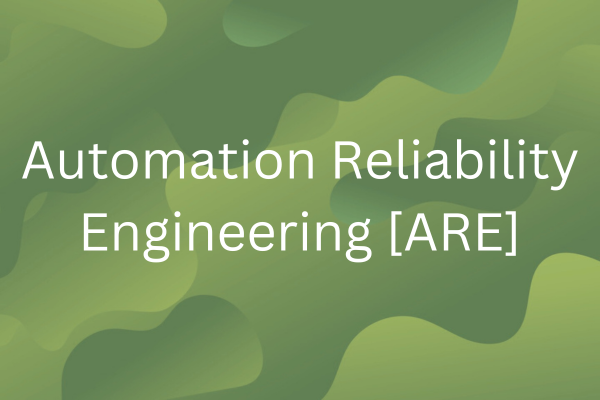
Situation:
Task:
My Role:
Key Actions:
- Start, pause, or re-run the workflow
- Modify workflow inputs
- Access and analyze execution logs These features provided intuitive and effective tools for first-level resolution without engineering intervention.
Result:
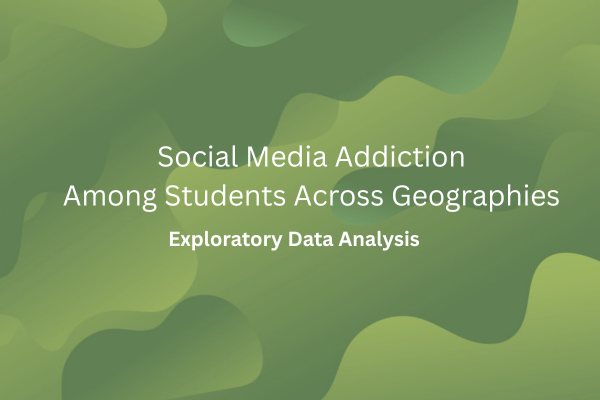
Situation:
Task:
My Role:
Key Actions:
- Analyzed a dataset covering social media usage, addiction levels, time spent, preferred platforms, and demographic information of students.
- Investigated correlations between usage patterns and self-reported mental health status (e.g., anxiety, depression).
- Examined the relationship between social media habits and academic outcomes.
- Visualized key findings using charts and graphs to highlight trends and insights.
- Developed an interactive Streamlit application to present the analysis, focusing on how social media usage affects students across different countries, platforms, and academic performance metrics.
Result:
- Balanced Demographics: The dataset shows a near-equal distribution of male and female students, mostly at the undergraduate level.
- Top Platforms: Instagram, TikTok, and Facebook are the most used platforms, with Instagram showing the highest addiction scores.
- Geographic Trends: India and the USA exhibit the highest average addiction levels, with consistent usage patterns across platforms.
- Academic Impact: Around 64% of students feel social media negatively affects their academic performance.
- Addiction Patterns: Relationship status and academic level show small variations in addiction, but platform choice strongly correlates with high addiction scores.
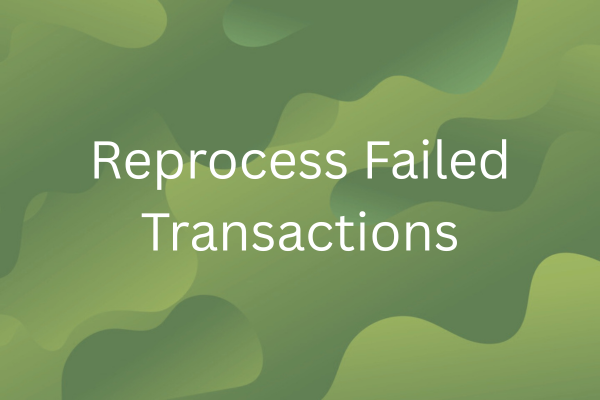
Situation:
Task:
My Role:
Key Actions:
- Editable grid UI for quick in-place editing of existing records
- Single-tenant upload restriction for new records to maintain data isolation
- Streamlined validations and batch updates to the backend
- Removed the need for manual S3 downloads and Jenkins dependency
Result:
- The new solution reduced processing time from 20–30 minutes to just 2–3 minutes.
- It was adopted across all SKUs.
- Within one month:
- 2 Full-time Equivalent (FTE) worth of effort was saved
- Devops Support tickets related to reprocess dropped to zero. Users no longer needed to rely on devops engineers or S3 access.

Situation:
Task:
- enforces tenant / workflow segregation,
- lets support staff create / edit roles safely,
- shows tabulated search‑able lists.
My Role:
Key Actions:
- Designed a dropdown‑driven UI
- Parent dropdown (“User”) reveals tenant picker and workflow‑SKU multi‑select.
- Action buttons: View Users, Onboard Users, View Roles.
- Implemented role builder with: name, description, tenant & workflow selectors, dashboards (overview locked‑on), vault toggle, optional branch restriction.
- Added client‑side validation + previews → “Confirm Onboard”.
- Built paginated grids for Users & Roles with search, bulk delete/update, and in‑row Edit that scrolls to the role editor.
- Scoped data queries: Global/Admins sees global items; other tenants see only their own.
- Guard‑railed support flow to prevent mismatched tenant/workflow selections by through domain restrictions.
Result:
- Onboarding time dropped from 15 min to < 2 min per user.
- Support accuracy rose to 100 % (no mis‑scoped roles).
- System now handles 500+ daily onboardings without performance degradation.
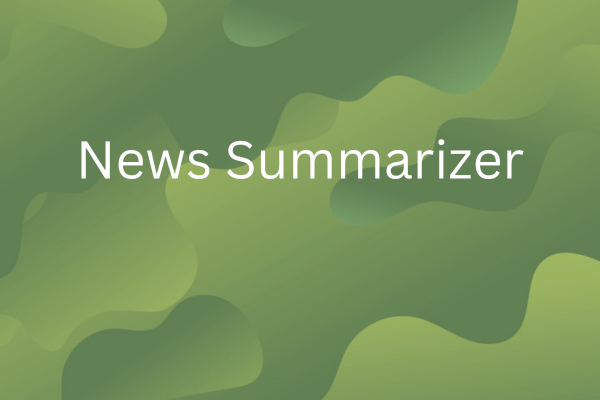
Goal:
My Role:
Key Outcome:
Google Cloud Platform (GCP)
Associate Cloud Engineer
Issued by: Google Cloud
Verify BadgeBuild Real World AI Applications with Gemini and Imagen Skill Badge
Issued by: Google Cloud
Verify BadgeImplement Load Balancing on Compute Engine Skill Badge
Issued by: Google Cloud
Verify BadgeSet Up an App Dev Environment on Google Cloud Skill Badge
Issued by: Google Cloud
Verify BadgeBuild a Secure Google Cloud Network Skill Badge
Issued by: Google Cloud
Verify BadgeDevelop Your Google Cloud Network Skill Badge
Issued by: Google Cloud
Verify BadgePrompt Design in Vertex AI Skill Badge
Issued by: Google Cloud
Verify BadgeEssential Google Cloud Infrastructure: Core Services
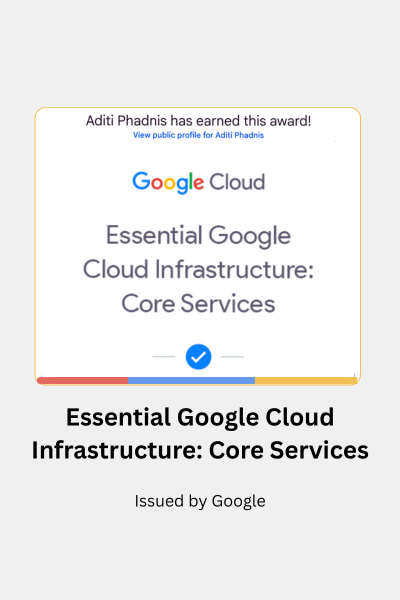
Issued by: Google Cloud
View Credential
Amazon Web Services (AWS)
AWS Certified Solutions Architect - Associate
Issued by: Amazon Web Services
Verify Badge
AI/ML Certifications
AI Agents in LangGraph
Issued by: DeepLearning.AI
View CredentialAI Engineering Essentials Part 1
Issued by: SuperDataScience
View CredentialLarge Language Models, Transformers & GPT A-Z
Issued by: SuperDataScience
View Credential
A comprehensive list of my achievements can also be found on my LinkedIn profile.
Prioritization Techniques I Use
Effective prioritization is key to building impactful and scalable solutions. I use structured frameworks to evaluate initiatives based on value, effort, and urgency—helping teams stay focused and aligned. Two go-to methods I apply across projects:
The MoSCoW framework (Must-have, Should-have, Could-have, Won’t-have) helps categorize features or tasks based on their criticality. It's especially useful in managing scope during roadmap planning, ensuring that essential capabilities are delivered first while keeping room for iterative improvements.
The 80/20 rule helps identify the few high-leverage actions that drive the majority of results. Whether optimizing product features, workflows, or user journeys, I focus on the 20% that deliver 80% of the impact—maximizing efficiency without sacrificing quality.
These methods support thoughtful, data-informed decisions that balance user needs, technical feasibility, and business goals.
Tools I Use for Product Design & Prototyping
Bringing clarity and alignment across stakeholders—from design to development—is critical to product success. I leverage modern tools to ensure ideas are communicated visually and interactively:
I use Figma to create wireframes, UI mockups, and user flows. It's my go-to for visualizing product ideas early, rapidly iterating on designs, and collaborating seamlessly with designers and stakeholders. I also use it to build UML diagrams that clearly define system behavior and interactions for technical teams.
To go beyond static designs, I use Firebase tools to build interactive feature prototypes. These clickable demos help stakeholders experience product flows firsthand and provide developers with a clear, functional reference for implementation—reducing ambiguity and accelerating build cycles.
Together, these tools help bridge the gap between vision and execution, ensuring alignment from concept to launch.
AI Use Cases
Despite AI-powered ATS tools, hiring remains broken—candidates feel unseen, and recruiters struggle with mismatched profiles and last-minute drop-offs. Keyword-based matching without context, ignored portfolios, and outdated JDs highlight a need for deeper, smarter AI that truly understands both resumes and real job needs. It's time for a smarter solution.
Agentic AI is transforming employee onboarding with smart self-service portals, document auto-validation, profile imports, and sentiment analysis. By automating workflows and integrating with ERP systems, AI streamlines onboarding, reduces errors, and enhances employee experience—marking a shift from manual HR processes to intelligent, seamless, and scalable talent enablement.
AI-powered Learning & Development transforms workforce growth by identifying skill gaps, recommending personalized training, and anticipating future roles. Using NLP, clustering, and predictive modeling, it enables targeted upskilling while gamification boosts engagement. This hybrid approach blends AI insights with human judgment to build a resilient, future-ready workforce.
A holistic employee listening strategy combines internal surveys and external platforms like Glassdoor and LinkedIn to capture real-time feedback across the hire-to-retire journey. Using web scraping and machine learning—like BERT, SVM, and sentiment analysis—companies can uncover unbiased insights to enhance engagement, reduce attrition, and build people-centric cultures.
Conversational AI enhances employee experience by automating HR, IT, and payroll support through intelligent chatbots. Integrated with internal systems and powered by NLP, NLU, and sentiment analysis, these assistants offer 24/7 self-service, reduce admin load, and boost satisfaction—transforming service delivery across the modern digital workplace.
AI-driven workforce planning leverages predictive analytics to identify employees at risk of leaving, enabling timely retention and succession strategies. Using algorithms like XGBoost, Random Forest, and Survival Analysis, organizations can anticipate attrition, address team-level issues, and enhance talent continuity—transforming HR from reactive support to strategic business enabler.
Coding challenges
Rossmann’s Kaggle challenge involves predicting daily sales for 1,115 stores in Germany. This time-series regression problem helps optimize staffing and operations. My beginner-friendly approach includes data exploration, feature engineering, and model building—aimed at improving forecast accuracy and supporting smarter, data-driven retail decisions.
AI / ML Concepts
Dive into the world of ensemble methods in machine learning. This article covers various techniques like bagging, boosting, and stacking, explaining how combining multiple models can significantly enhance predictive accuracy and model robustness.